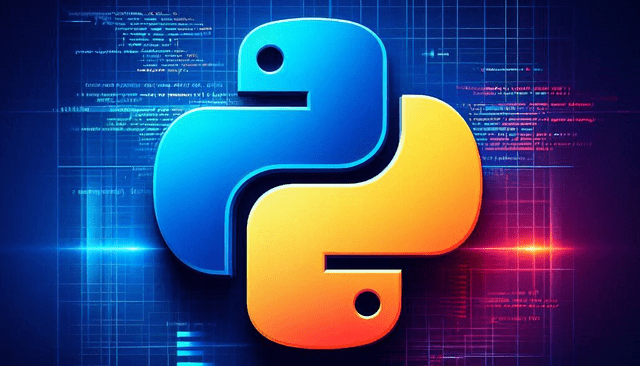Python is widely known for its data science capabilities, but it is also a powerful language for web development. With its easy-to-read syntax and a variety of frameworks and libraries, Python has become a top choice for both backend and full-stack development. In this article, we will discuss how Python is used in web development, the tools that make it so effective, and the advantages it offers for building web applications.
Python Web Development Frameworks
One of the reasons Python is so popular in web development is its web frameworks. These frameworks streamline the development process by providing ready-made components for building common web application features. The two most popular Python frameworks for web development are Django and Flask.
Django is a high-level framework that encourages rapid development and clean, pragmatic design. It comes with a lot of built-in features, such as authentication, form handling, and an admin panel, which makes it ideal for building large-scale, secure applications quickly.
Flask, on the other hand, is a micro-framework that offers more flexibility. It allows developers to build lightweight web applications with minimal overhead, making it great for smaller projects or when developers want more control over the application’s architecture.
Example: A developer building an e-commerce platform might choose Django for its built-in authentication and admin interface, whereas a developer building a lightweight blog might choose Flask for its simplicity and flexibility.
Python for Backend Development
Python is frequently used for backend development in web applications. As a server-side language, Python works behind the scenes to handle requests, process data, and interact with databases. The combination of Python with frameworks like Django and Flask allows developers to build scalable and efficient server-side applications.
Python’s simplicity and readability make it a great choice for backend programming, as it enables developers to write clean, maintainable code that can be easily scaled as the application grows. Additionally, Python integrates well with databases, including relational databases like PostgreSQL and MySQL, as well as NoSQL databases like MongoDB.
Example: A developer building a customer relationship management (CRM) system might use Python to handle user interactions, database queries, and data storage, all while integrating with APIs and third-party services.
Python for Full-Stack Development
Python can also be used for full-stack development, where it handles both the frontend and backend of a web application. While Python is mainly used for the backend, it can be paired with JavaScript, HTML, and CSS for the frontend to create complete web applications.
For example, the Django REST framework allows developers to create APIs that connect the frontend (built with JavaScript or other frontend frameworks like React) to the backend (built with Python). This enables seamless communication between the user interface and the server, creating dynamic, interactive web applications.
Example: A developer might use Django to handle the backend of a social media platform, while using React or Vue.js for the frontend to provide an interactive user experience.
Conclusion
Python’s use in web development continues to grow due to its powerful frameworks, simplicity, and flexibility. Whether you’re building a complex, feature-rich web application with Django or a lightweight web service with Flask, Python offers the tools necessary to create secure, scalable, and maintainable web applications. As Python continues to evolve, it will remain a top choice for web developers across the globe.




